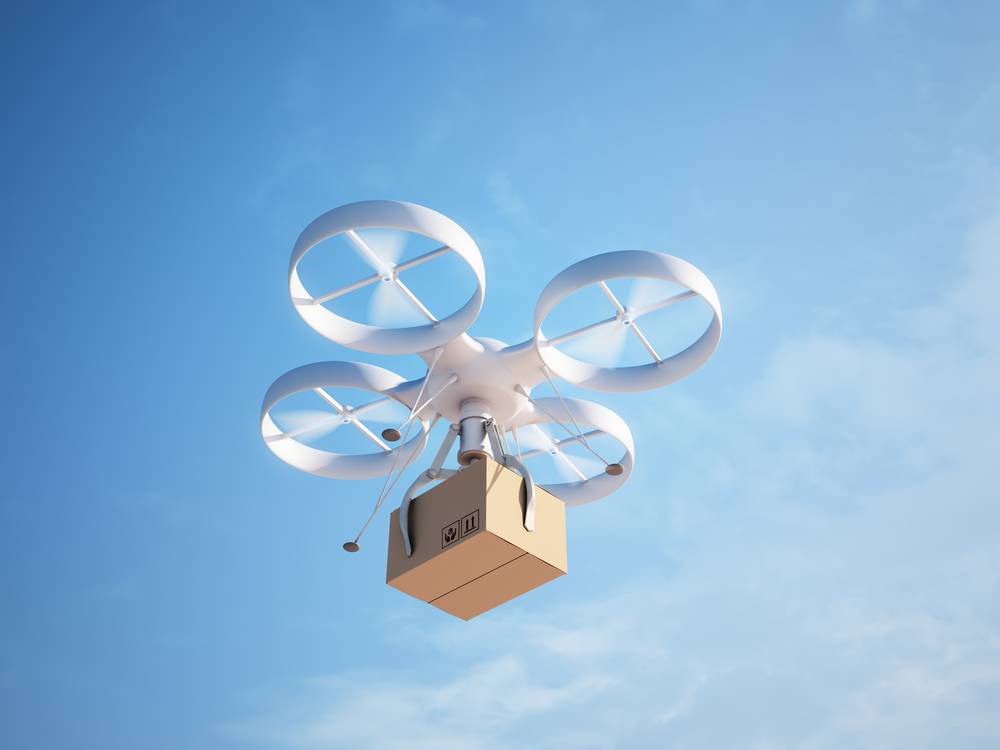 Updated on: December 17th, 2019 5:12 PM
Updated on: December 17th, 2019 5:12 PM
Digital Sky Platform
Mission & Vision of Digital Sky
- The mission of Digital Sky is to create a completely digital, paperless, and humanless process, thus fast-forwarding to a future of on-demand seamless permissions for RPAS, operators, and pilots.
- The vision is to create a digital infrastructure that will support safe, efficient, and secure access to Indian airspace for millions of RPAS.
Methodology of Digital Sky
Registration of User/Operator
- Remote Pilot Profile - Registering as an individual as Pilot
- Individual Operator Profile - Registering as an Operator of RPAS
- Operator Profile - Registering as an Operator for any Organisation
- Manufacturer Profile - Registering as Manufacturer
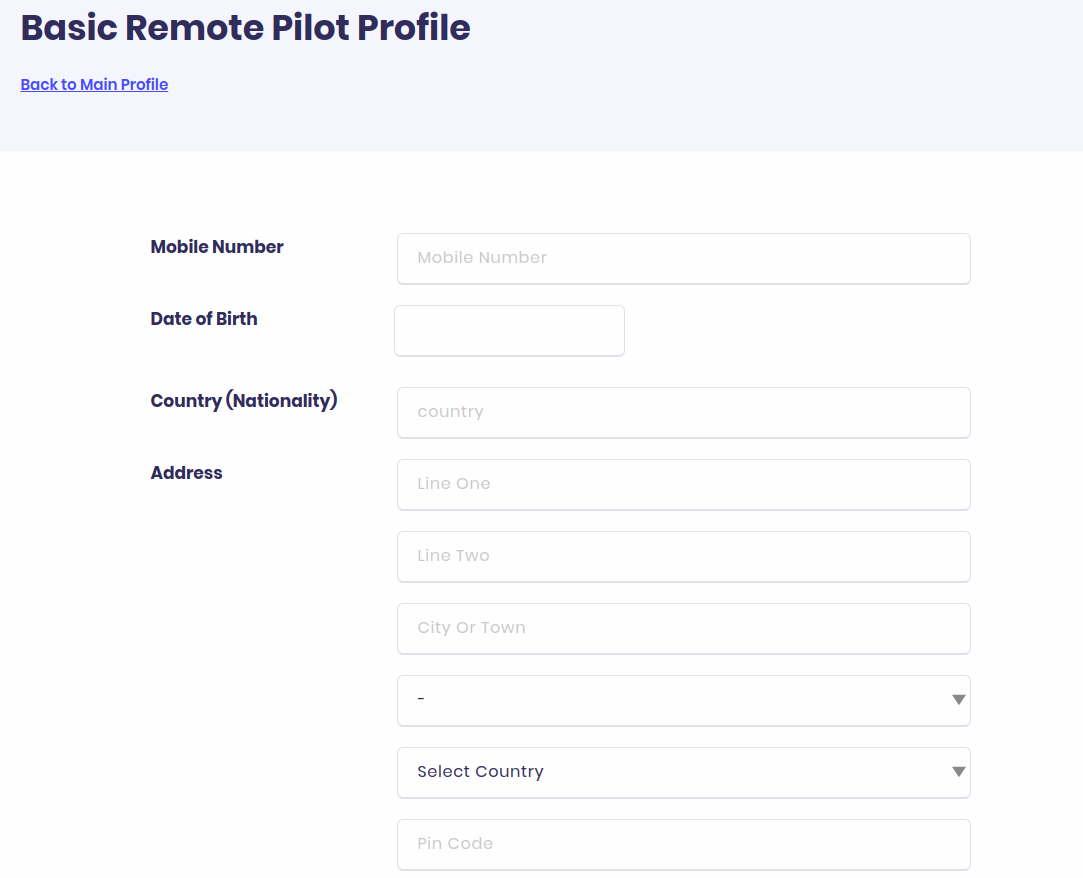 User Details
The selection of profile can be done after registration using the below window:
[caption id="attachment_86685" align="aligncenter" width="612"]
User Details
The selection of profile can be done after registration using the below window:
[caption id="attachment_86685" align="aligncenter" width="612"]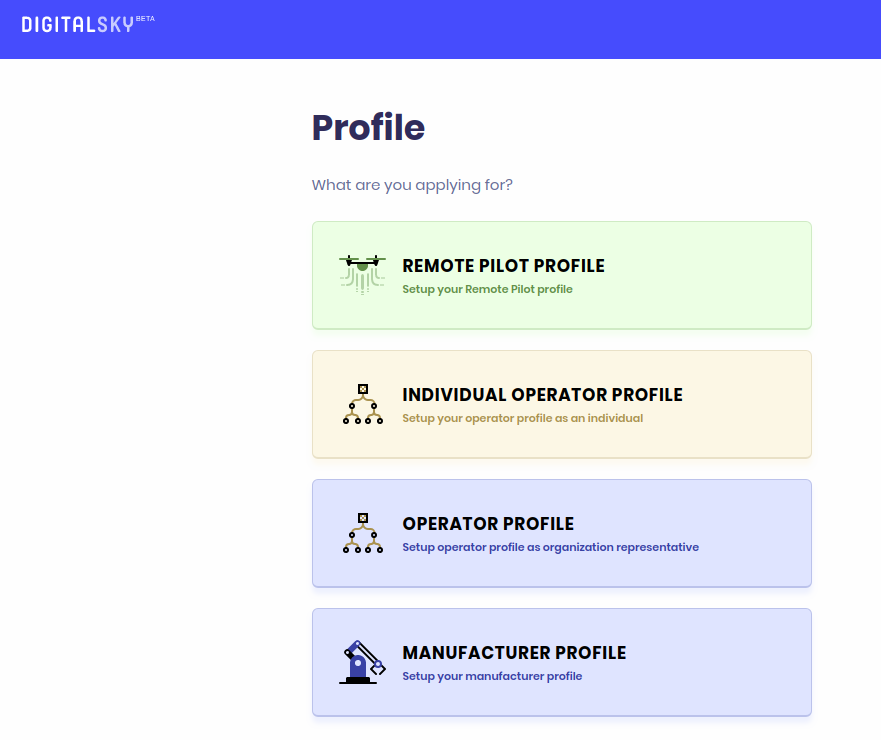 Selection of Profile
When the user opts for "Operator Profile" or "Manufacturer profile", the below window will appear in the platform:
Selection of Profile
When the user opts for "Operator Profile" or "Manufacturer profile", the below window will appear in the platform:
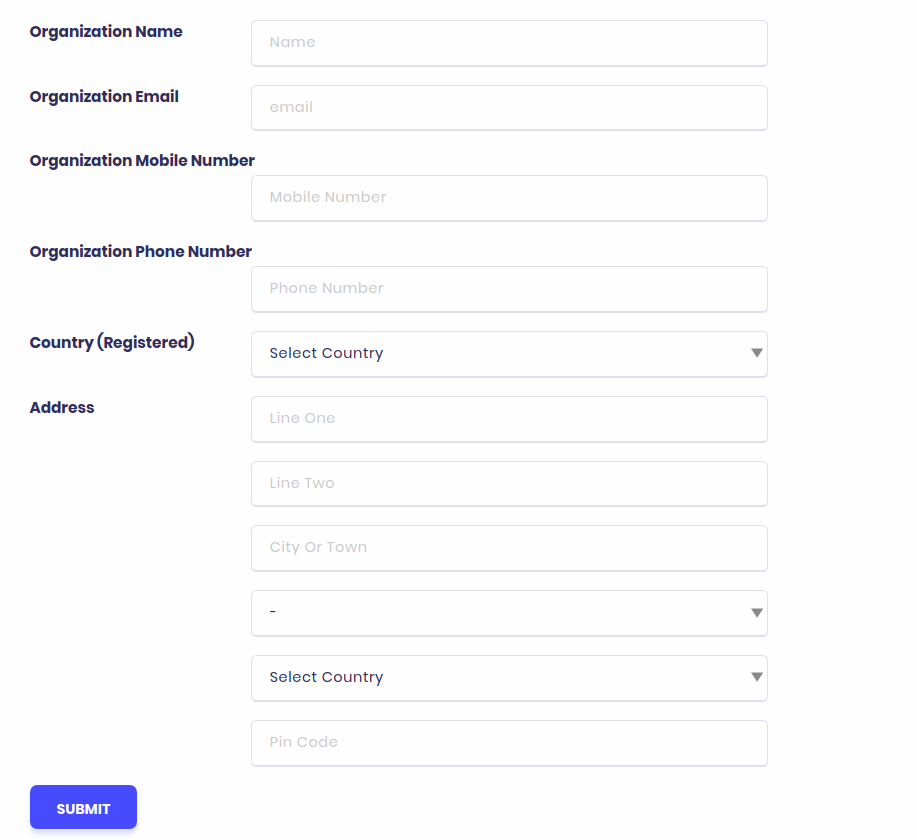 Registration of User/Operator
Registration of User/Operator
Registration of RPAS
- NANO - Less than or equal to 250 grams
- MICRO - More than 250 grams and less than or equal to 2 Kg
- SMALL - More than 2 Kg and less than or equal to 25 Kg
- MEDIUM - More than 25 Kg and less than or equal to 150 Kg
- LARGE - More than 150 Kg
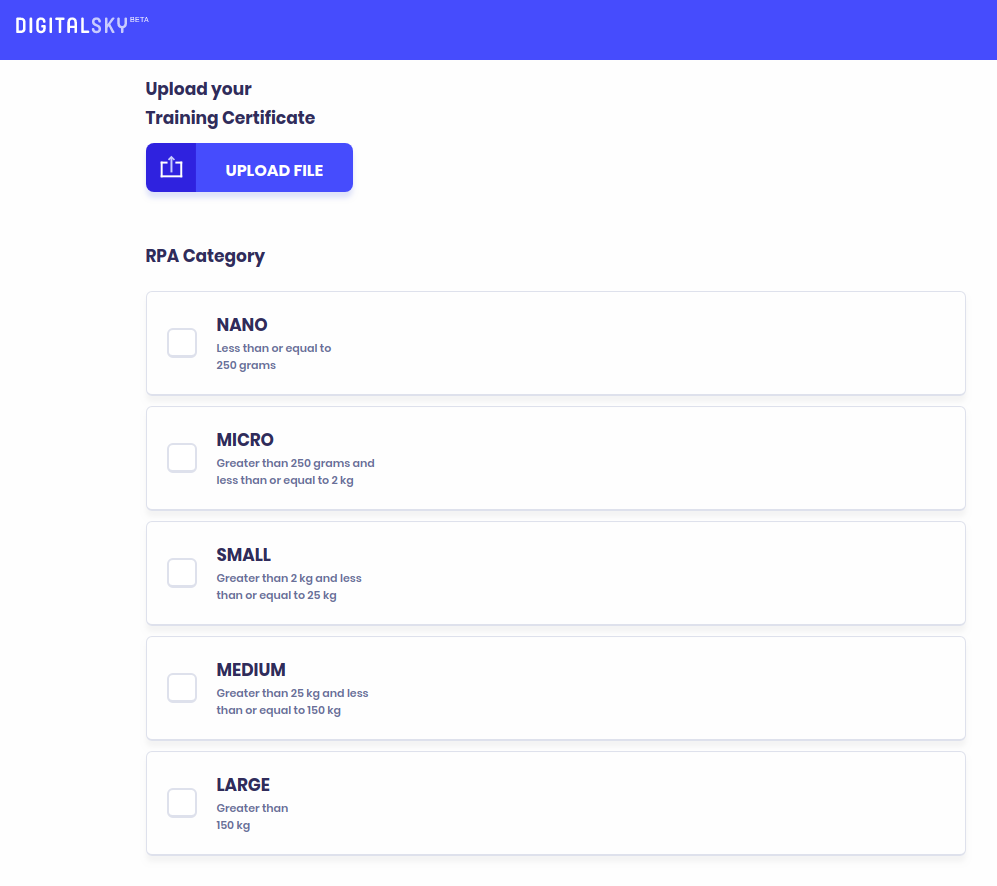 Selecting RPAS
Nano drones can be operated legally without registering on the Digital Sky Portal, but local police authorities should be informed. For micro, small, medium and large categories, operators and pilots should register and get required access on the Digital Sky Portal.
Selecting RPAS
Nano drones can be operated legally without registering on the Digital Sky Portal, but local police authorities should be informed. For micro, small, medium and large categories, operators and pilots should register and get required access on the Digital Sky Portal.
- Apply for Local RPA
- Apply to Import RPA
- Apply for UAOP license
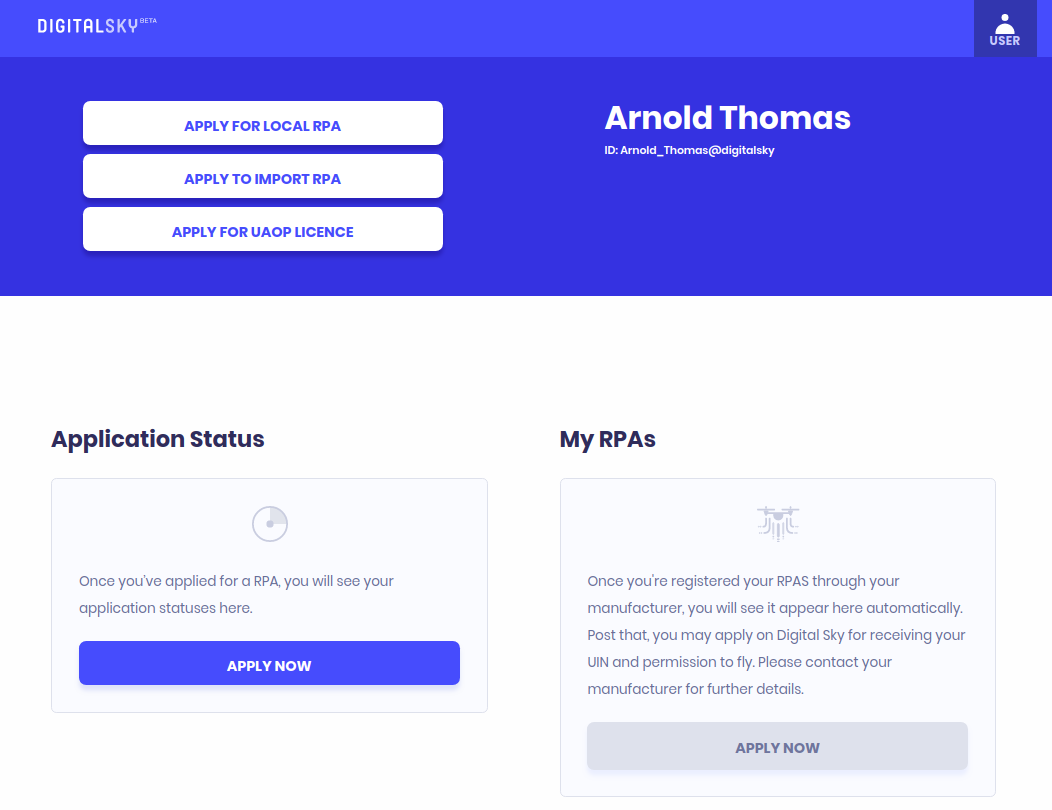 Applying for RPAS
STEP-1: On accessing the "Apply for Local RPA" or "Apply to Import RPA", the details of the registered user (based on login) appears.
STEP-2: Presently, the Civil Aviation Ministry allows only 3 models of RPAS, and they are:
Applying for RPAS
STEP-1: On accessing the "Apply for Local RPA" or "Apply to Import RPA", the details of the registered user (based on login) appears.
STEP-2: Presently, the Civil Aviation Ministry allows only 3 models of RPAS, and they are:
- LookOut VTOL RPAS
- Patang
- A200
 Details of RPA
Details of RPA
Apply for UAOP license
 UAOP Application
UAOP Application
Fee Structure for UIN & UAOP
- For UIN: INR 1,000
- For fresh UAOP: INR 25,000
- For Renewal of UAOP: INR 10,000
Popular Post

In the digital age, the convenience of accessing important documents online has become a necessity...

The Atalji Janasnehi Kendra Project that has been launched by the Government of Karnataka...

The Indian Divorce Act governs divorce among the Christian couples in India. Divorce...

When an individual has more than a single PAN card, it may lead to that person being heavily penalised, or worse,...

Employees Provident Fund (PF) is social security and savings scheme for employee in India. Employers engaged...


